What Tiles to Use Outside
2024-06-21
When it comes to sprucing up your home's exterior, including patios, pathways, gardens, and pool surrounds, tiles can make a huge difference. Whether you're updating your patio, creating a garden path, or designing a fancy pool area, picking the right tiles is a big deal. Here, we'll go over the best types of tiles for outdoor use and what to think about when choosing them.
Top Types of Outdoor Tiles: Pros & Cons
Outdoor PORCELAIN TILES
Durability: Super strong and resistant to wear, outdoor floor porcelain tiles can handle extreme weather.
Water Resistance: They don’t soak up much water, so they’re less likely to crack in freezing temps.
Design Versatility: Tons of colorus, textures, and designs to choose from. They can even look like stone or wood.
Why to chose them: Porcelain is the most recommended tile for outdoor use. It’s dense, low-porosity, frost-resistant, and very durable.
Where to use:
-
Patios and garden paths (especially in the UK climate)
-
Outdoor kitchens or BBQ areas
-
Driveways and high-traffic areas (20mm thick outdoor-rated porcelain)
-
Pool surrounds (if slip-resistant, e.g., R11 rating)
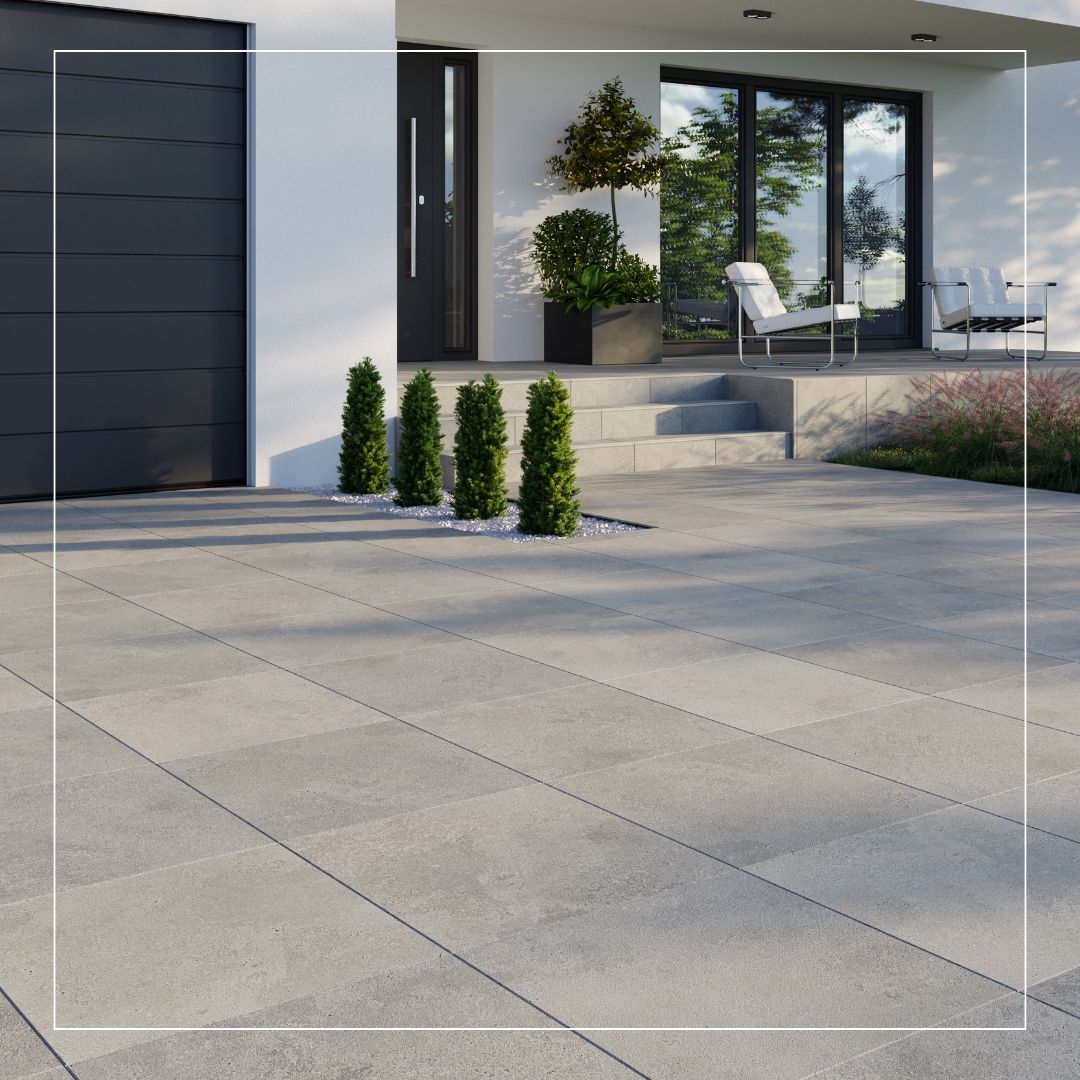
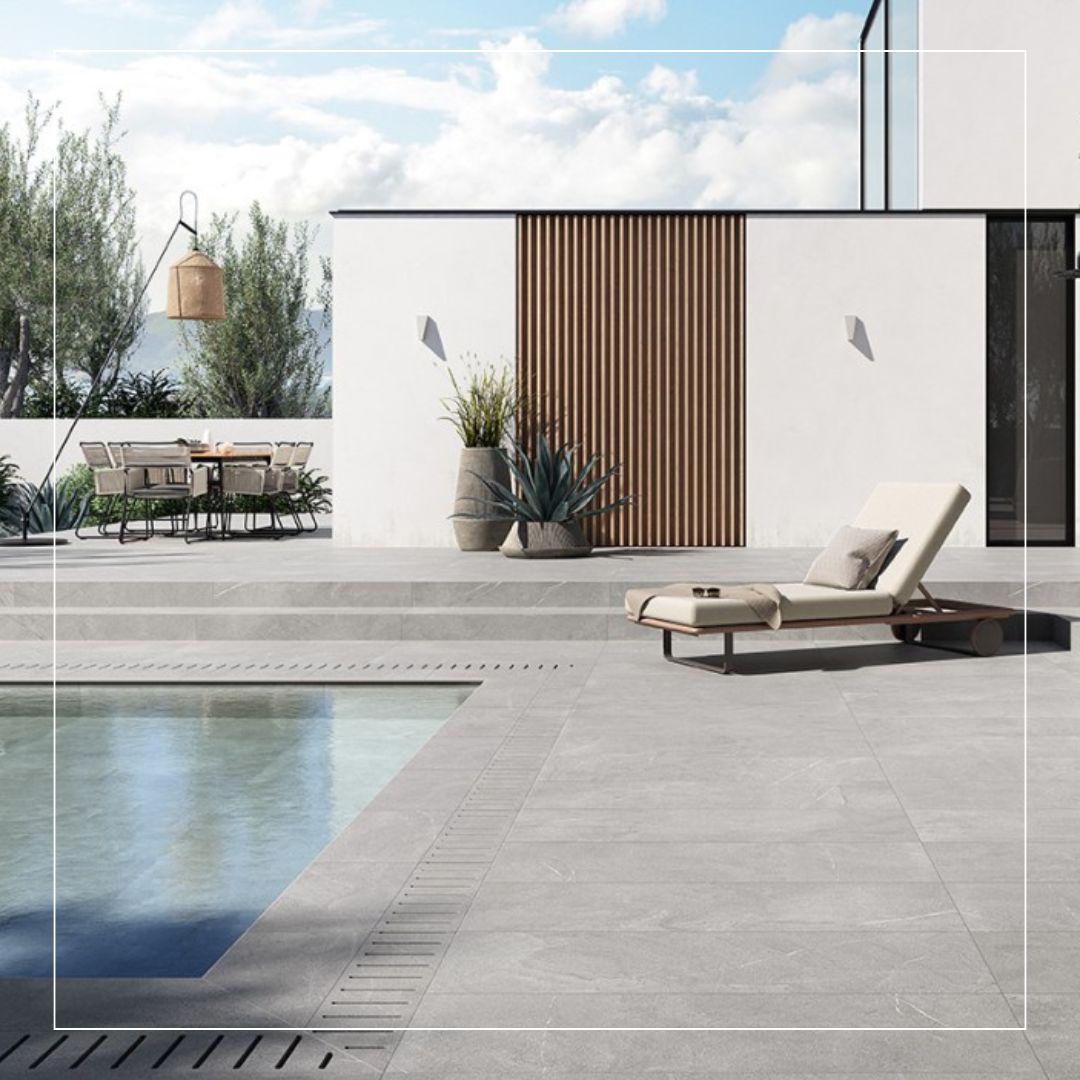

CERAMIC TILES
Slip Resistance: Go for ceramic tiles with a textured surface to avoid slipping, especially when wet.
Variety: Lots of styles and finishes to fit any outdoor decor, perfect for garden paths and patios.
Why choose them: More affordable and available in a variety of styles, but less durable and more porous than porcelain.
Where to use:
-
Covered patios or balconies (protected from rain and frost)
-
Seasonal garden rooms or sunrooms (not fully exposed to weather)
Not ideal for uncovered outdoor floors in cold or wet climates due to water absorption and cracking risk.
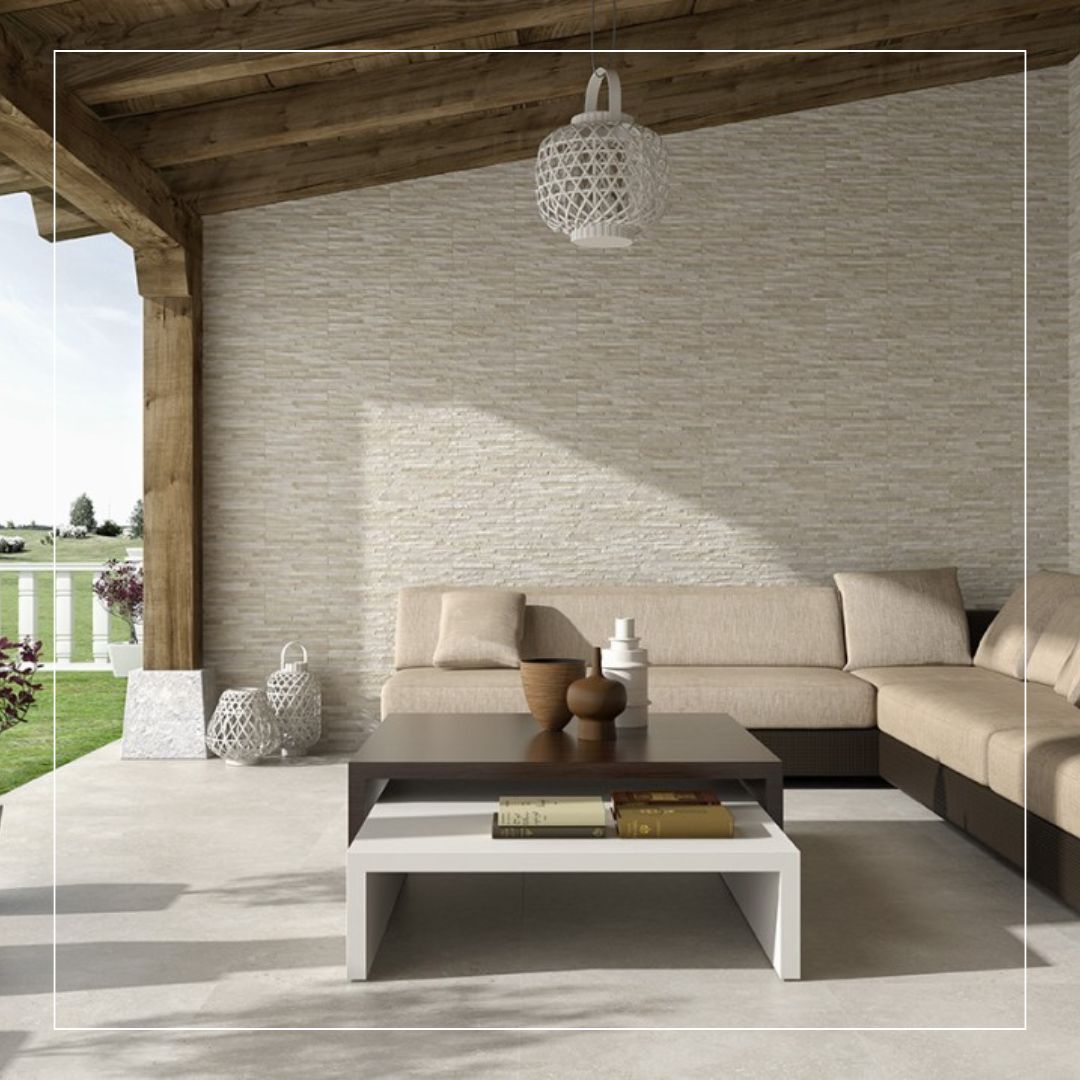
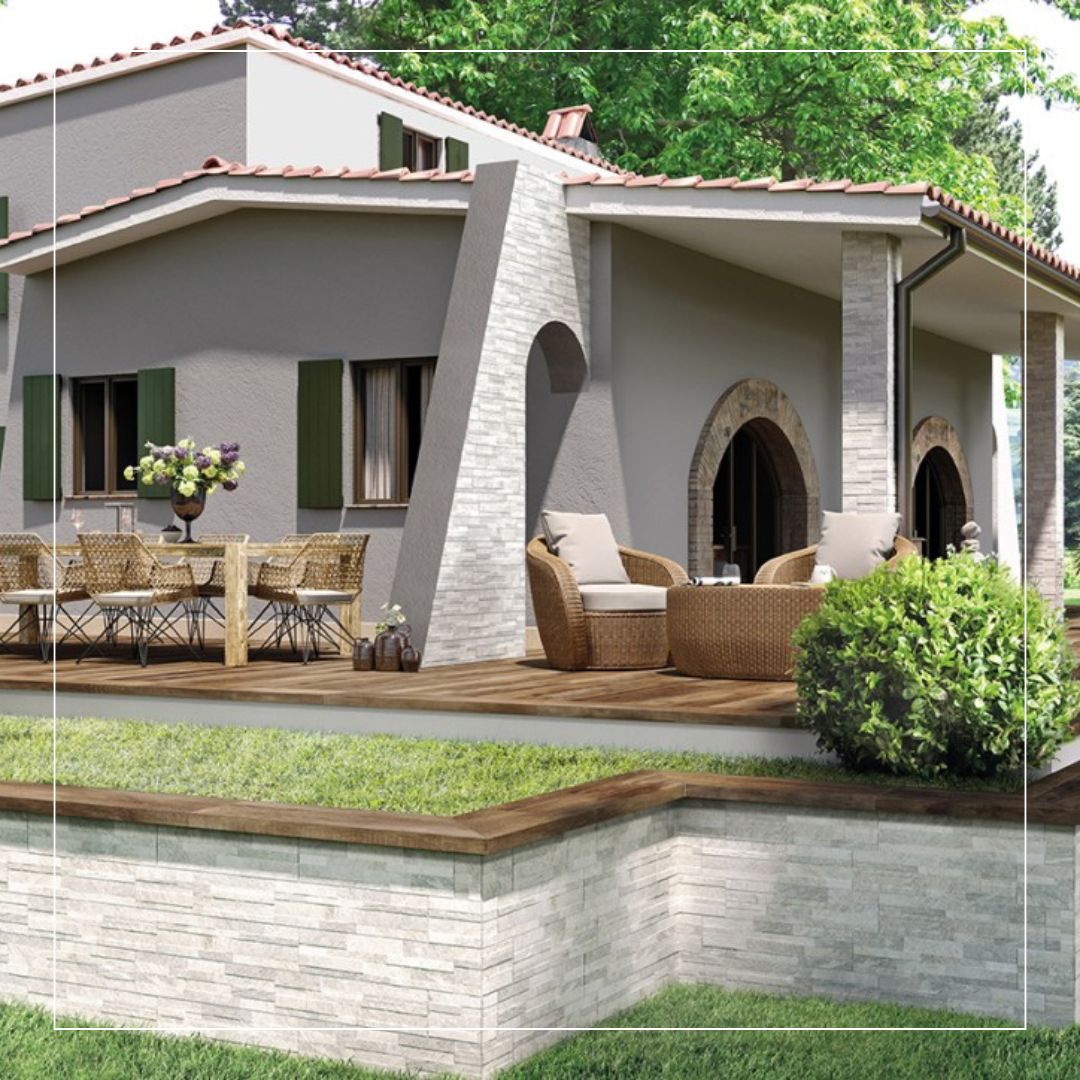
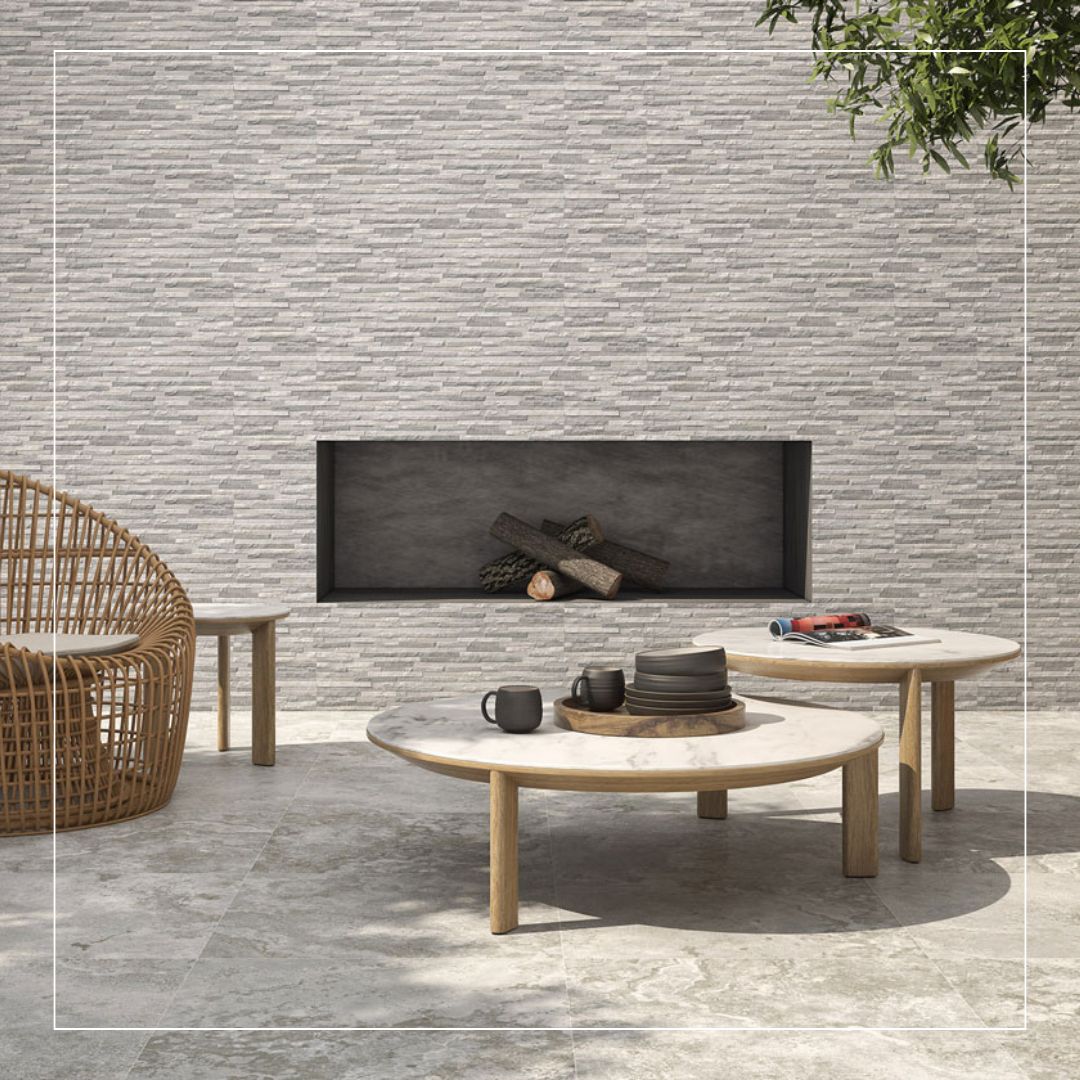
NATURAL STONE TILES
Timeless Elegance: Stones like granite, slate, limestone, and travertine add a touch of luxury to any space, including gardens.
Variety: Each stone has its own unique look, from the hard granite to the rustic slate.
Maintenance: They might need more care, like sealing to keep them safe from stains and weather.
Why choose them: Offer a timeless, organic look and blend beautifully with garden landscapes.
Where to use:
-
Elegant garden paths or stepping stones
-
Luxury patios and terraces
-
Outdoor dining areas
-
Driveways (if using strong stones like granite)
Requires sealing and maintenance. Some stones may get slippery when wet.
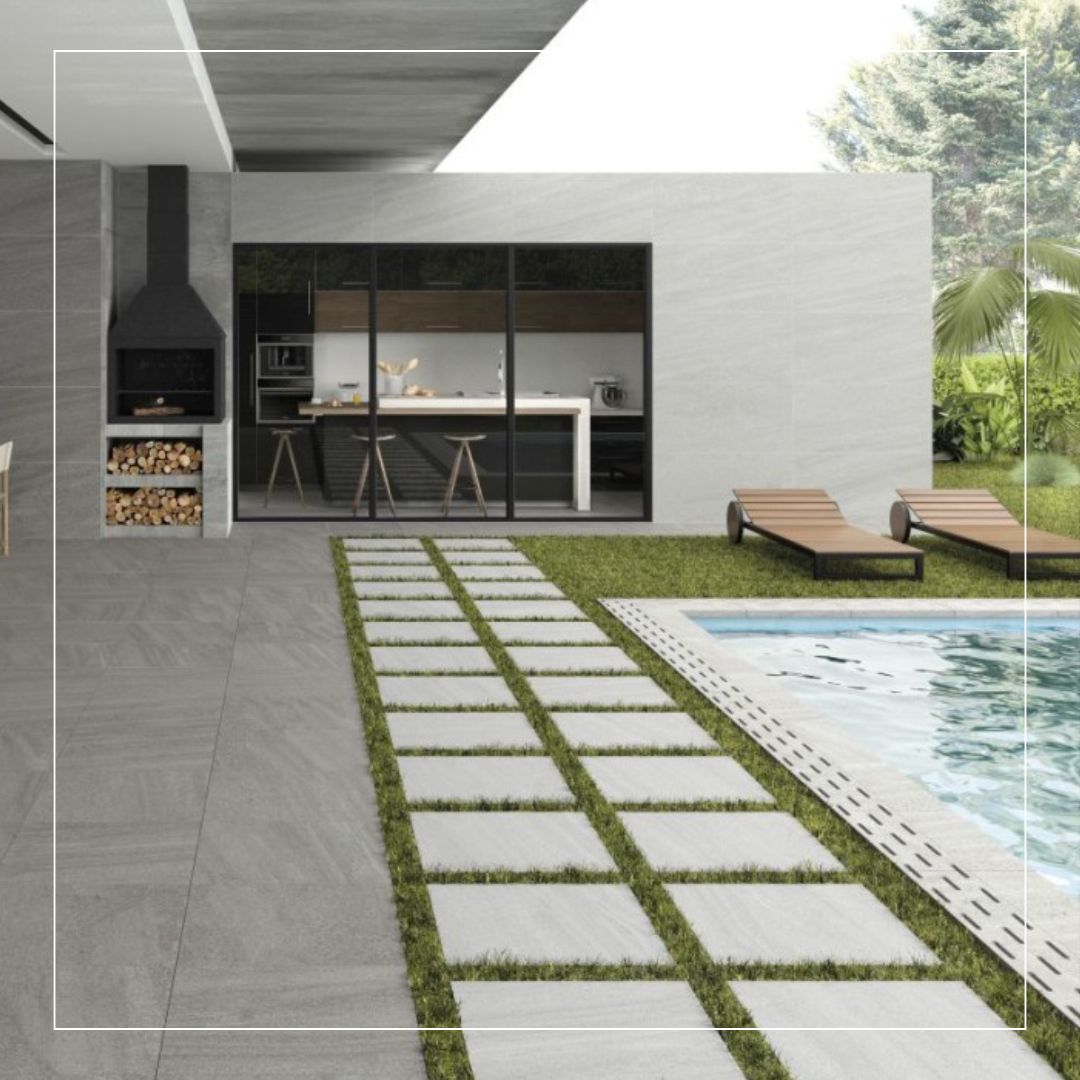
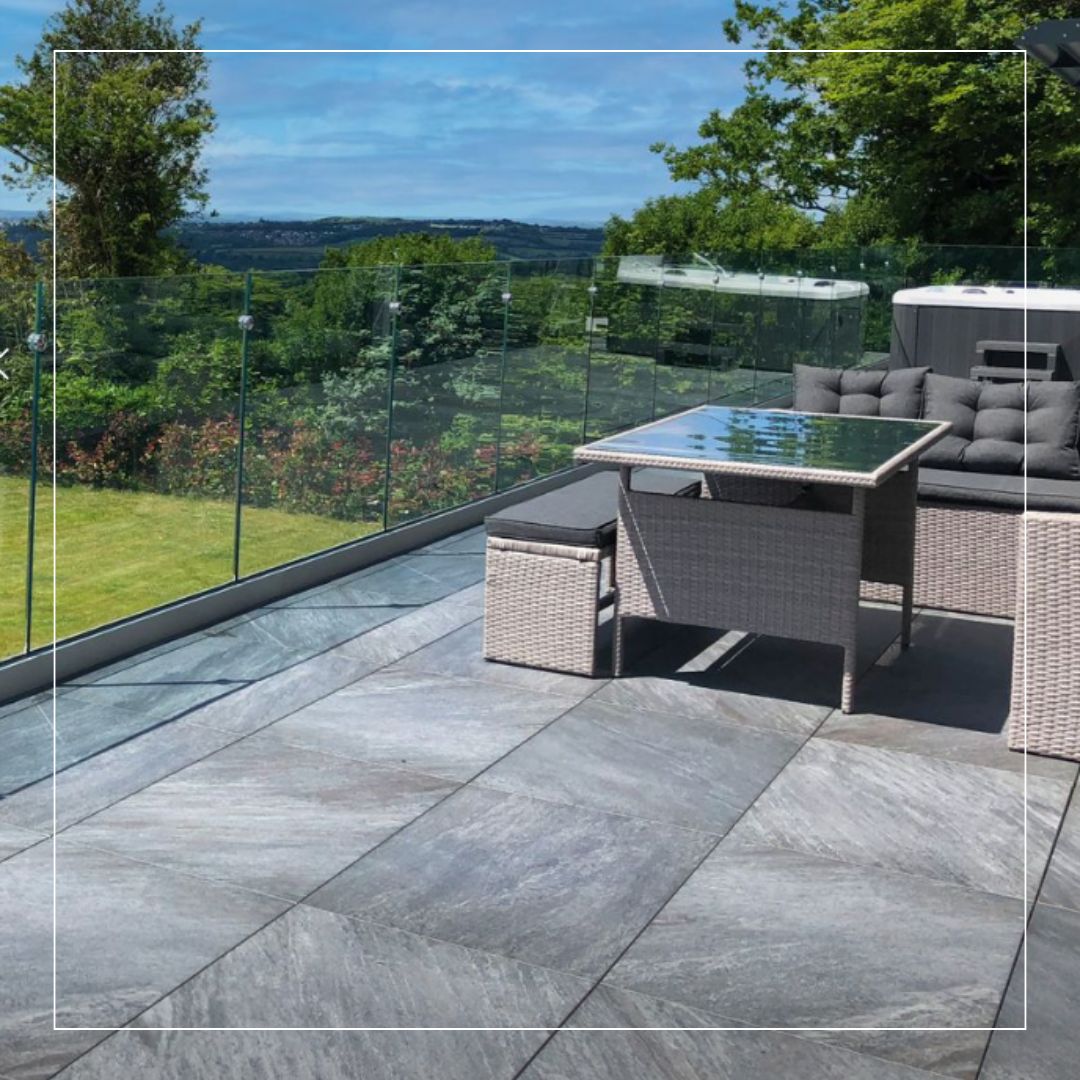
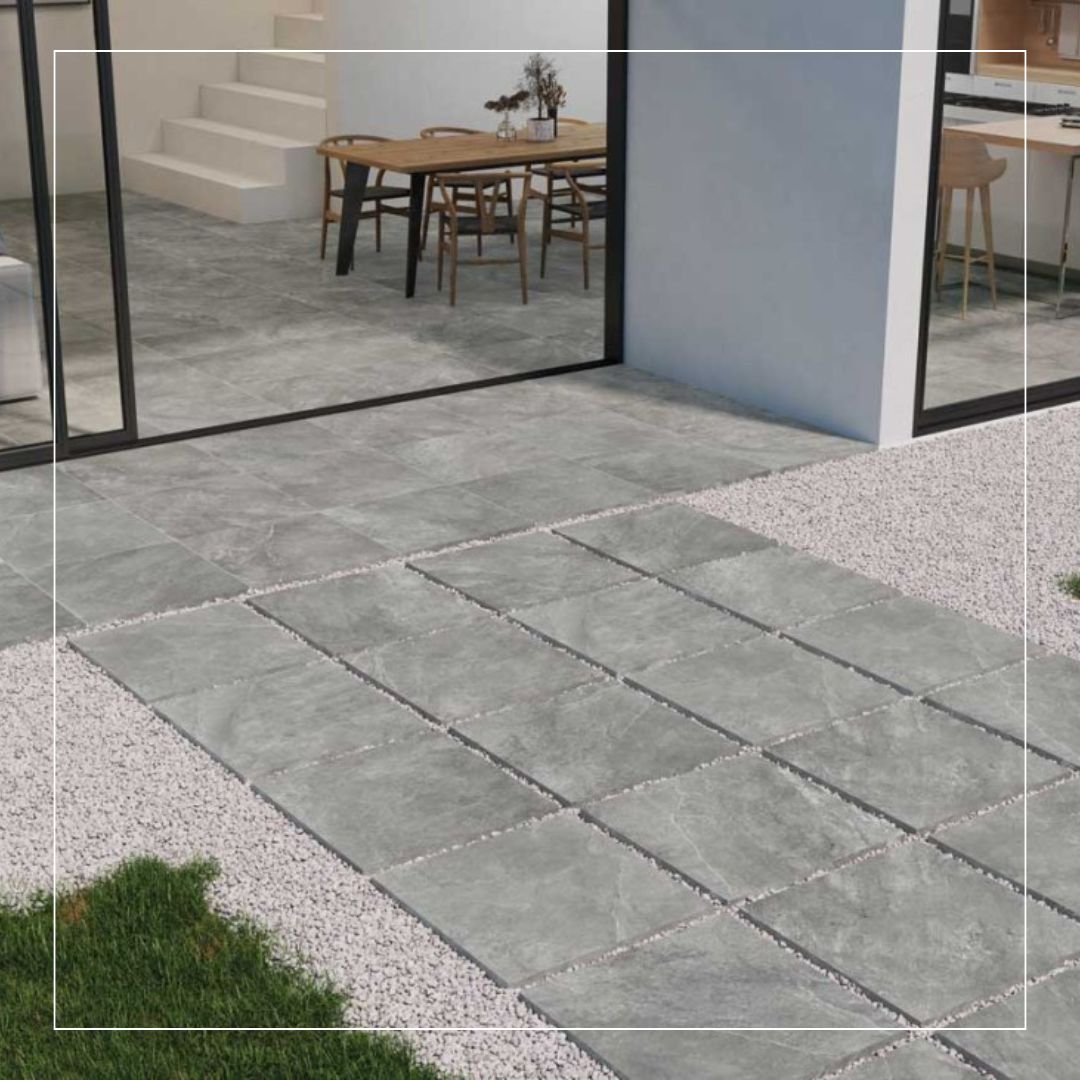
TERRACOTTA TILES
Warmth and Character: These tiles give a warm, earthy feel, perfect for cozy garden spaces and rustic patios.
Porosity: They need sealing to prevent water damage and stains.
Climate Suitability: Best for mild climates since they can crack in extreme cold.
Why choose them: Rustic, warm aesthetic with a Mediterranean vibe.
Where to use:
-
Sun-exposed patios or verandas
-
Decorative borders or feature areas
-
Covered porches in mild climates
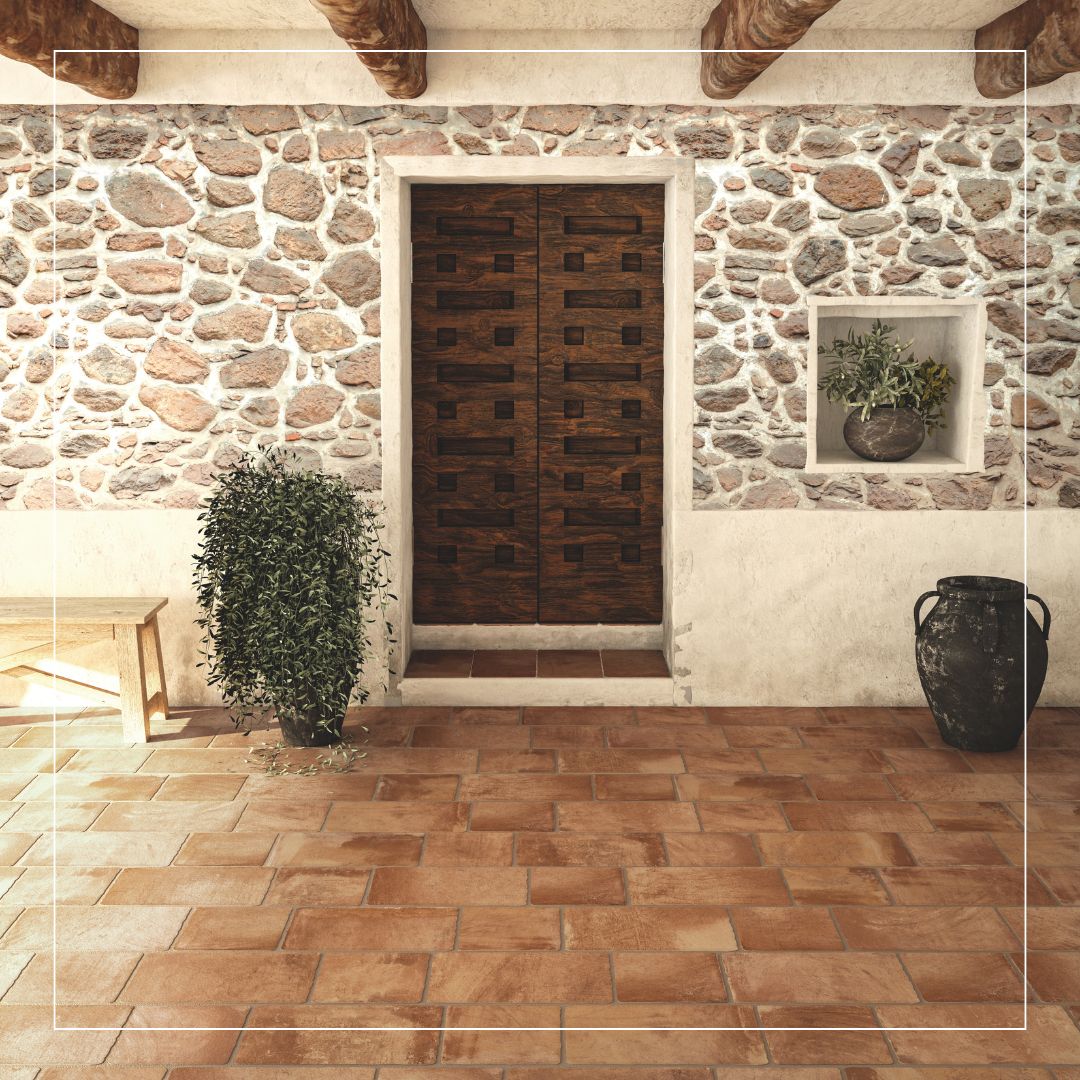
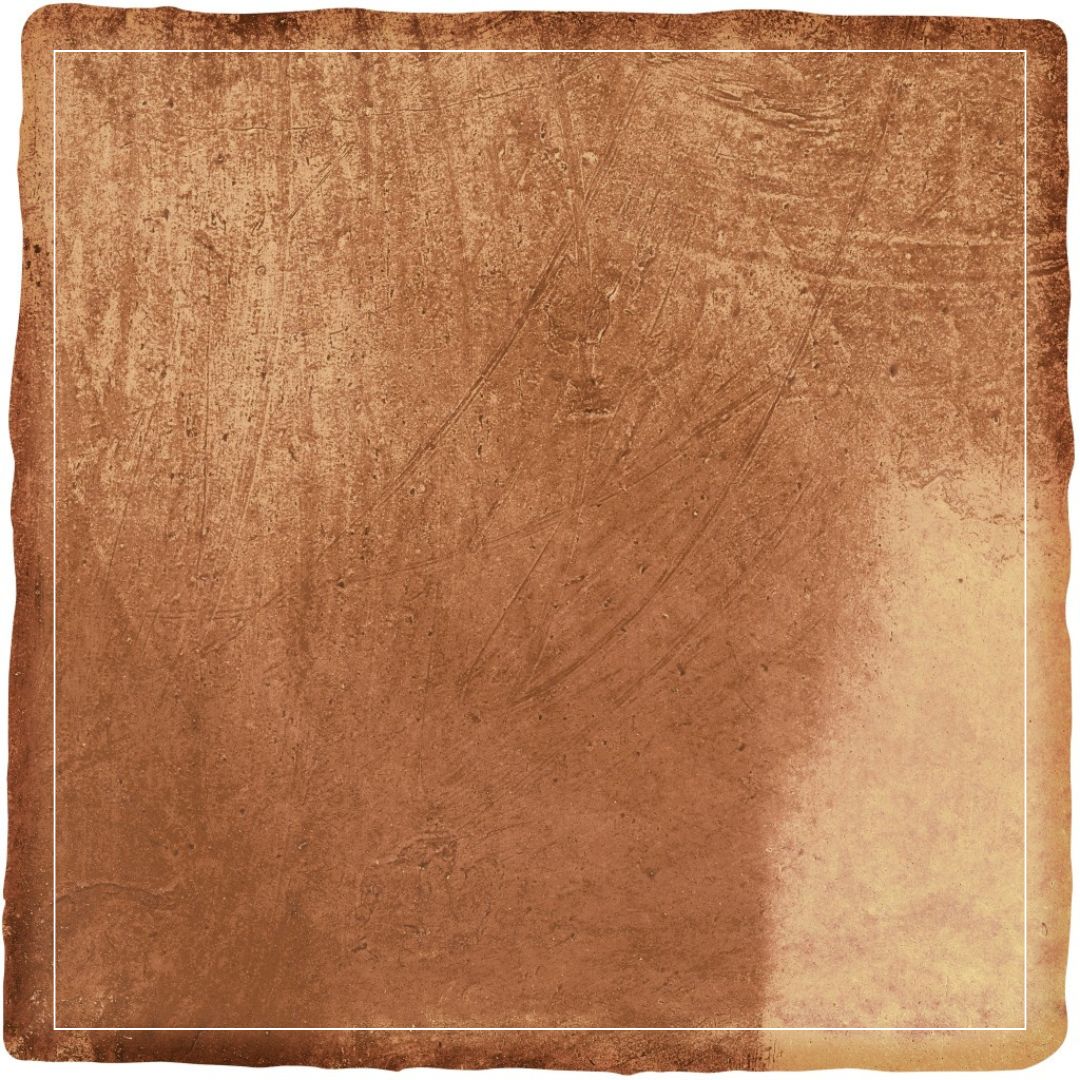

How to Choose the Right Outdoor Tile: Factors to Consider
- Climate
In cold areas, pick tiles with low water absorption like porcelain or certain stones to prevent cracking.
For hot climates, go for tiles that stay cool, like lighter-coloured stones or special outdoor ceramics.
- Slip Resistance
Outdoor areas, especially garden paths and pool surrounds, can get slippery when wet. Choose tiles with a textured or rough surface for safety. Look for tiles with a good slip resistance rating. Each tile is rated from R9 to R13, indicating its level of slip resistance—from minimal grip (R9) to high slip resistance suitable for areas with heavy foot traffic (R13).
- Durability
Outdoor tiles need to handle the elements like sun, rain, and temperature changes. Porcelain, concrete, and certain stones are solid choices for durability.
- Maintenance
Some tiles, like natural stone, need regular care, like sealing, to keep them looking good and protected.
Think about how much time you’re willing to spend on upkeep when picking your tiles.
- Aesthetic
Your outdoor tiles should match your home’s exterior and landscape. Think about the overall look, colour scheme, and texture to create a cohesive design, especially in garden areas.
Choosing the right tiles for your outdoor space means balancing looks, functionality, and durability. Outdoor porcelain tiles for patio and garden are versatile and durable, natural stone offers timeless elegance, ceramic tiles are practical, and concrete tiles bring strength and customization. Terracotta adds warmth and character but needs careful maintenance. By considering your local climate, how you’ll use the space, and how much maintenance you’re up for, you can pick outdoor tiles from N&C TIles and Bathrooms that will make your home’s exterior and garden areas shine.
FAQ
1. Which type of tile is not recommended for outdoor use?
Ceramic tiles with a smooth or glossy finish are not recommended for outdoor use, as they are more porous, less durable, and can become slippery when wet.
2. Do outdoor porcelain tiles go green?
Outdoor porcelain tiles can develop a greenish tint over time due to algae or moss growth, especially in damp, shaded areas. However, this can be easily cleaned, and regular maintenance helps prevent it. Read our article The Ultimate Guide to Cleaning Outdoor Tiles: Best Methods & Tips.
3. Do outdoor porcelain tiles crack?
Outdoor porcelain tiles are highly durable and resistant to cracking, especially when properly installed. However, they can crack if laid on an uneven surface, exposed to extreme pressure, or if water seeps underneath and freezes.
4. What are the best tiles for outdoor kitchen?
The best tiles for an outdoor kitchen are porcelain tiles, as they are highly durable, weather-resistant, low-maintenance, and available in a variety of styles like stone or wood effects. Natural stone tiles such as granite or slate are also a great choice for a more luxurious look, though they require sealing to protect against stains and moisture. Concrete tiles offer a modern, industrial vibe and are very tough, making them ideal for outdoor use. Avoid glossy ceramic or terracotta tiles, as they can be slippery or prone to damage in wet or cold conditions. For safety, always choose tiles with an R11 slip rating or higer.
Tags: Outdoor tiles
Leave a Comment






